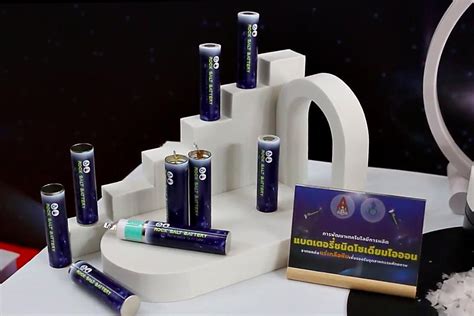In the realm of energy storage solutions, sodium-ion batteries have emerged as a promising alternative to the widely used lithium-ion batteries. While sodium-ion batteries are perceived to offer cost advantages and a more stable supply chain compared to their lithium counterparts, there are still challenges that need to be overcome for them to achieve widespread adoption.
One of the primary obstacles facing sodium-ion batteries is their lower energy density per unit weight in comparison to lithium-ion batteries. This discrepancy results in a higher cost per unit of stored energy, which could impede their commercial viability unless significant research breakthroughs are achieved.
To address these challenges and explore the potential of sodium-ion technology further, a groundbreaking study conducted by the Stanford Doerr School of Sustainability’s Precourt Institute for Energy and the SLAC-Stanford Battery Center has been initiated. The collaborative program, known as STEER, aims to evaluate the technological and economic prospects of emerging energy technologies like sodium-ion batteries.
“The price increase in lithium-ion batteries has sparked interest in exploring alternatives such as sodium-ion batteries,”
noted Adrian Yao, lead author of the study and founder of STEER. With projections indicating that sodium-ion technology could offer competitive pricing compared to lithium-ion, many battery manufacturers are considering ramping up production capacity for sodium-based solutions.
Yao emphasized the speculative nature of predicting when sodium-ion batteries might surpass lithium-ion in terms of cost-effectiveness. Given the continuous decline in lithium-ion prices, it remains essential to focus on engineering advancements and innovative battery chemistries to drive down costs for sodium-based systems.
The study underscores key strategies for enhancing the competitiveness of sodium-iron batteries against low-cost variants like lithium-iron-phosphate. One crucial aspect highlighted is the need to improve energy densities without relying on critical minerals such as nickel. By targeting comparable energy densities while moving away from expensive materials like nickel, developers can position sodium-iron batteries as a compelling option in the market.
William Chueh, co-director of STEER and advocate for sustainable energy solutions, reiterated the importance of evaluating various market scenarios and technological advancements that could influence the adoption of alternative battery technologies. He stressed that achieving price parity with existing solutions requires more than just economies-of-scale; it demands constant innovation and engineering breakthroughs.
Diversifying energy storage technologies is not only crucial for enhancing supply chain resilience but also mitigating security risks associated with overreliance on specific materials or regions. The study’s simulation showcasing how supply disruptions or price fluctuations can impact different battery technologies underscores the urgency of exploring diverse options like sodium-iron batteries.
Industry experts emphasize that successful implementation of battery technologies extends beyond cell-level considerations to encompass broader system implications for applications like electric vehicles or grid-scale storage systems. Factors such as safety standards, operational efficiency, and overall system costs play pivotal roles in determining the viability and competitiveness of any energy storage solution.
As we navigate towards a future powered by sustainable energy sources, innovations in battery technologies like sodium-iron offer promising avenues for reducing environmental impact while ensuring reliable power storage capabilities. Through collaborative research efforts and strategic investments guided by programs like STEER, we can pave the way for a more resilient and efficient energy landscape.











Leave feedback about this